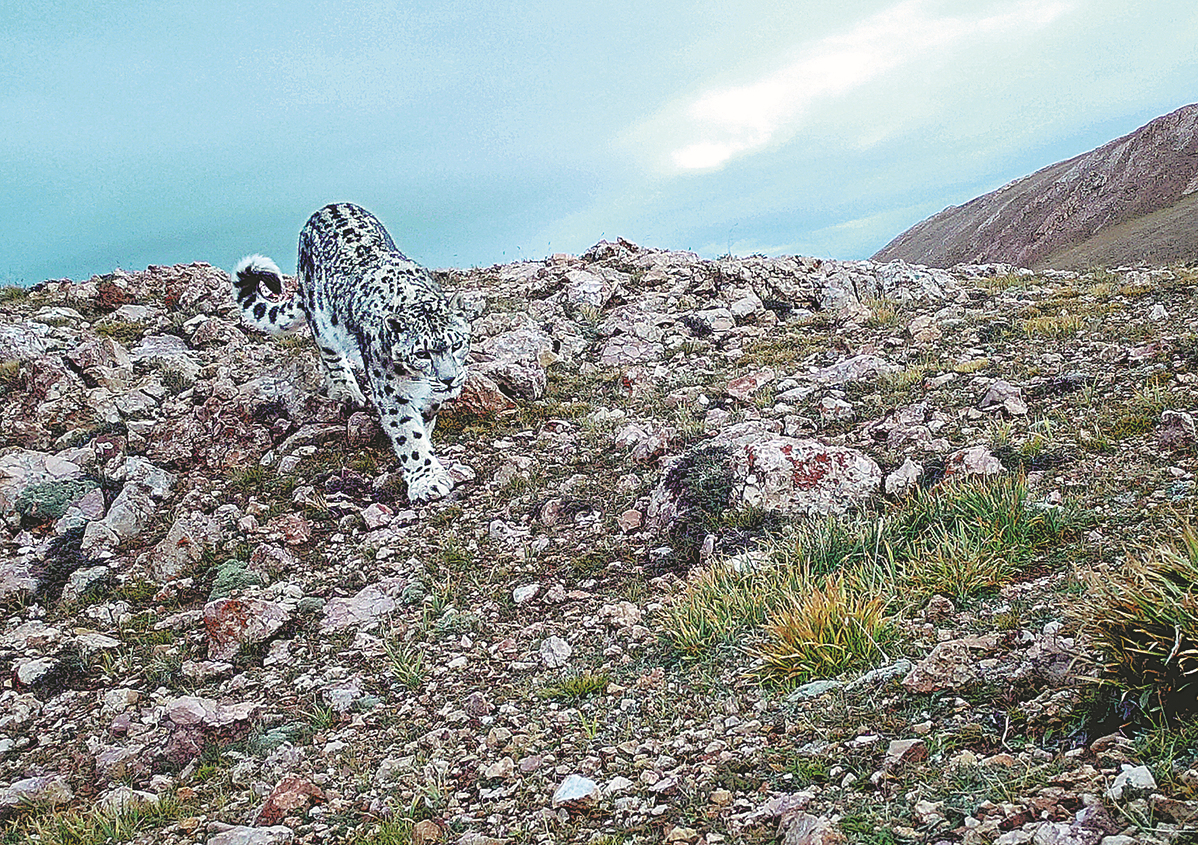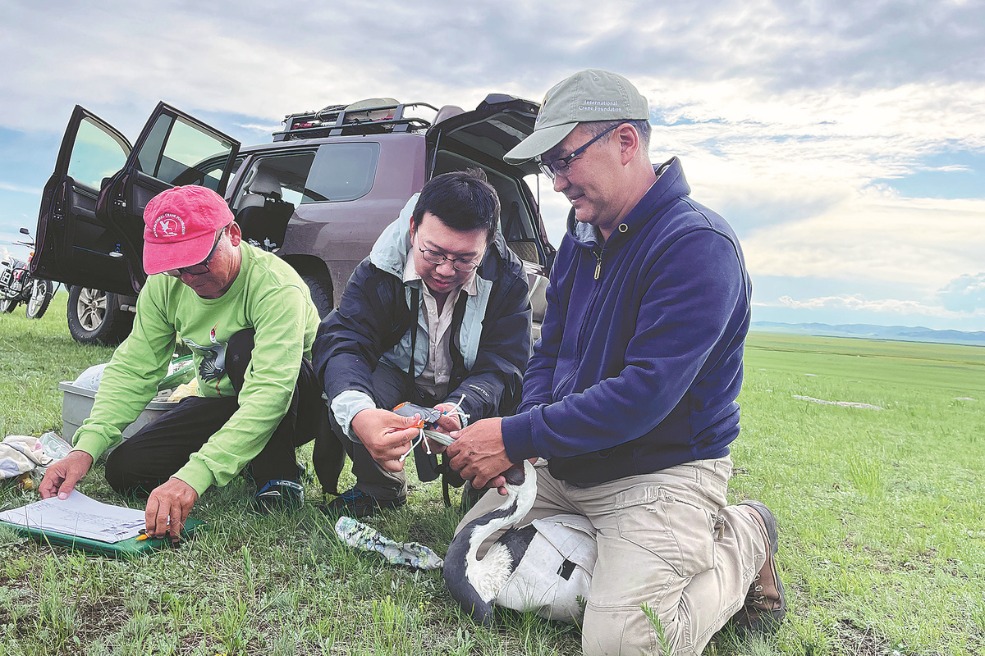Snow leopards find stable home in Tibet


Images captured in places around the city of Nagchu, Tibet autonomous region, indicate the area is a stable home for snow leopards, the city's forestry and grassland bureau said recently.
The rare big cats are protected at the highest level in China.
Since the end of 2021, the bureau and the Shan Shui Conservation Center have been investigating the distribution and population density of snow leopards in Nagchu.
Located in the northern side of Tibet, Nagchu lies between the Tangula Mountains, Nyanchen Thanglha and Gangdise mountain ranges. It is dominated by alpine meadows and an alpine grassland ecosystem.
The city's eastern counties of Sog, Driru and Lhari have small forests. Nagchu is also the area containing the region's major rivers, including the Nujiang and Kyichu.
Over the last few months, 143 infrared cameras were placed in high-density areas for snow leopards in the city's 11 counties and one district. Images of the cats have been captured about 100 times.
Mao Shiping, of Nagchu's forestry and grassland bureau, said those images show that carnivores-including the snow leopard, wolf, Tibetan brown bear, black bear, Eurasian lynx and dhole wild dogs-have been stable inhabitants of the area.
"Large carnivores rely strongly on adequate herbivores for their survival and reproduction, which fully reflects the authenticity and integrity of natural ecosystems in Nagchu," said Mao.
Local forest patrol officers and herders have been trained as ecological monitors and managers so they can identify snow leopard habitat and use various equipment, said Zhao Xiang, director of the Shan Shui Conservation Center.
"The participation of herdsmen in monitoring will help to establish a long-term and stable monitoring network for snow leopards. This will help in collecting data on the animals as well as biodiversity data," Zhao said.
The survey also found that the city is home to at least six first-class protected species in China, including Tibetan wild asses and musk deer. It is also home to 13 second-class protected animals of China, such as the Chinese serow and the Tibetan gazelle.
"The rich topography and habitat features support an enriched diversity of animal communities in Nagchu," said Zhao.
"The dhole, red gorals and Chinese serows are distributed in the city's forested areas and valleys in lower altitudes, while white-lipped deer and musk deer are mainly distributed in high-altitude bushes," he added. "The Tibetan wild asses and Tibetan gazelles are typical species of the Qinghai-Tibet Plateau."
- English language site for China's top procuratorate launches
- China's newly developed passenger jet sees more take off
- Shanghai sees steady growth in spending over New Year
- Guangzhou hosts first A-category women's half-marathon in Greater Bay Area
- Schools in China's quake-hit Qinghai resume offline classes
- Hong Kong-Zhuhai-Macao Bridge welcomes over 16 mln passengers in 2023




































